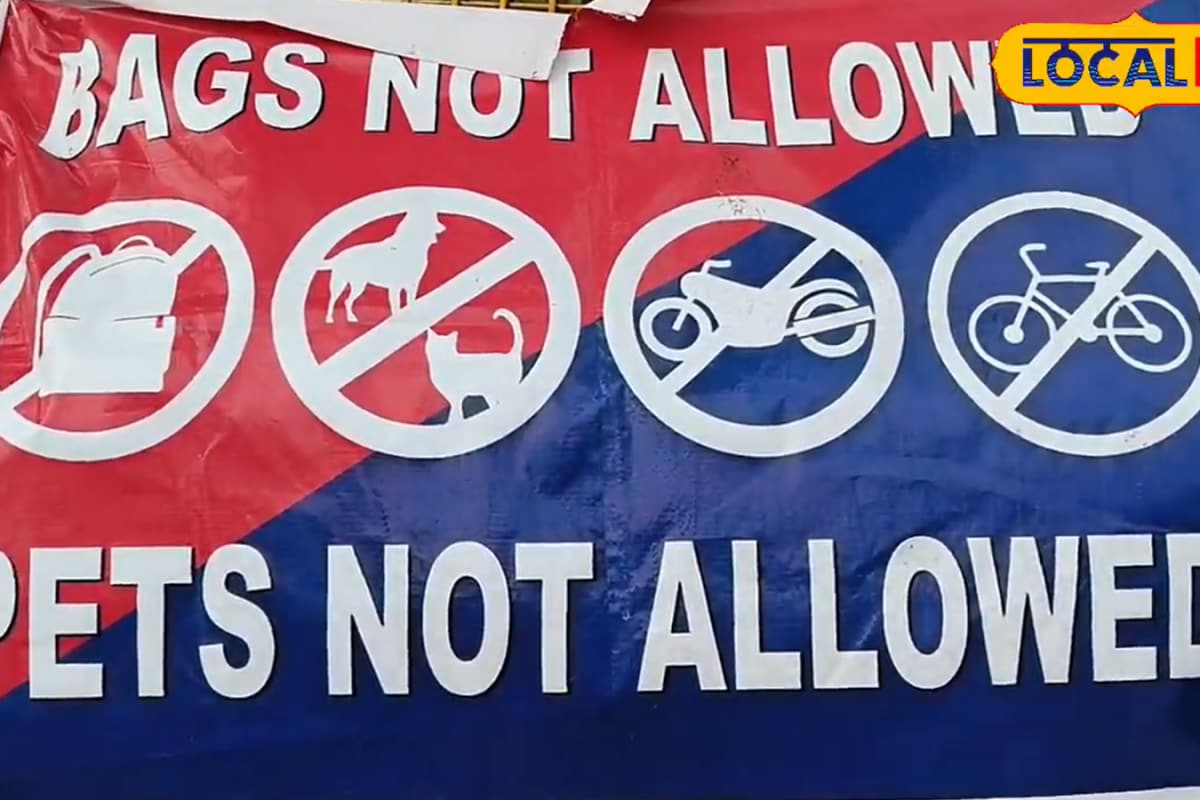

India Gate, a historic war memorial and popular recreational space in Delhi, has long been a favorite spot for picnics, leisurely strolls, and family outings. However, recent changes in regulations have significantly altered the experience for visitors, sparking both disappointment and debate. The new rules prohibit bringing food, bags, and pets into the India Gate complex, leading to considerable upset among regular visitors.
The reasons behind these restrictions are multifaceted. Security concerns have always been a priority at India Gate, given its symbolic importance and the large crowds it attracts. In the past, security measures have included increased police presence, traffic restrictions to prevent overcrowding, and thorough security checks. These measures have been implemented especially during national holidays and times of heightened security concerns. In 2012, after interrogation of a suspect involved in the 2008 Mumbai terror strike, it was revealed that India Gate was on the terrorists' hit list, which led to increased security measures.
Another factor contributing to the new regulations is the desire to maintain cleanliness and prevent damage to the newly-installed facilities around Kartavya Path, the stretch from Rashtrapati Bhawan to India Gate. Following the inauguration of Kartavya Path, authorities deployed private security guards and sanitation workers to manage the crowds and ensure cleanliness. The Central Public Works Department (CPWD) had previously divided the area into five stretches, with food items already prohibited in the garden area from India Gate to Man Singh Road.
The ban on food and beverages aims to reduce littering and prevent the attraction of pests. While many visitors understand the need for maintaining hygiene, some argue that designated eating areas could provide a compromise. The prohibition of large bags is likely intended to enhance security screening and prevent the entry of prohibited items.
The restriction on pets, while perhaps less impactful to the majority of visitors, has certainly disappointed pet owners who enjoyed bringing their animals to the open spaces around India Gate. Concerns about hygiene and potential disturbance to other visitors are likely behind this rule.
The new rules have met with mixed reactions. Many visitors express disappointment over the inability to enjoy picnics, a long-standing tradition at India Gate. Families, in particular, feel that the new regulations limit their ability to spend quality time together in a relaxed setting. Some visitors are also concerned about the lack of clarity regarding the enforcement of these rules.
Despite the disappointment, some visitors acknowledge the need for security and cleanliness. They recognize that maintaining the monument's dignity and ensuring public safety are paramount. However, many hope that authorities will consider implementing some modifications to the rules to better accommodate the needs of visitors while still addressing security and cleanliness concerns.
Possible solutions could include designated picnic areas with waste disposal facilities, provision for water fountains, and clearly defined guidelines for pet owners. Enhanced security measures, such as improved lighting and strategically placed security personnel, could also help address safety concerns without completely restricting visitor access.
The situation at India Gate reflects a broader challenge in managing public spaces: balancing security, cleanliness, and the recreational needs of the public. As authorities continue to implement and refine these new regulations, public feedback and adaptive solutions will be crucial in ensuring that India Gate remains a welcoming and enjoyable space for all.